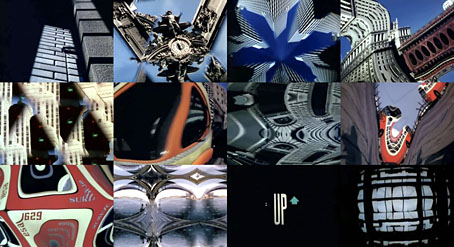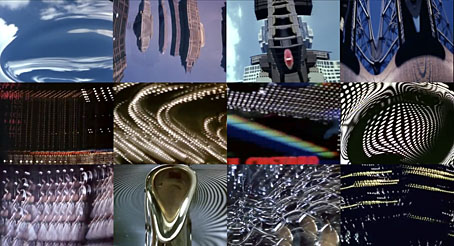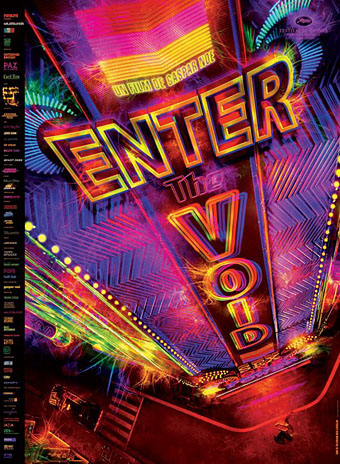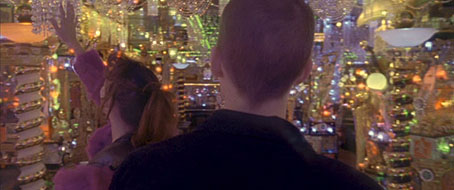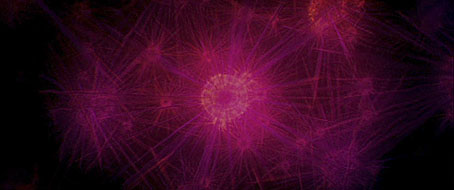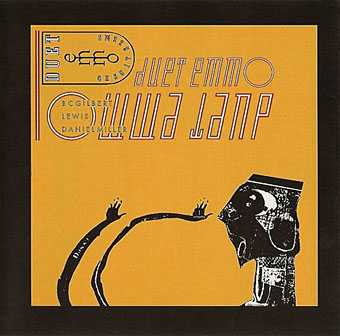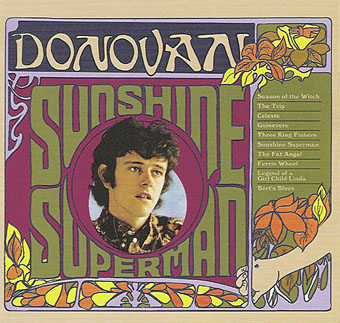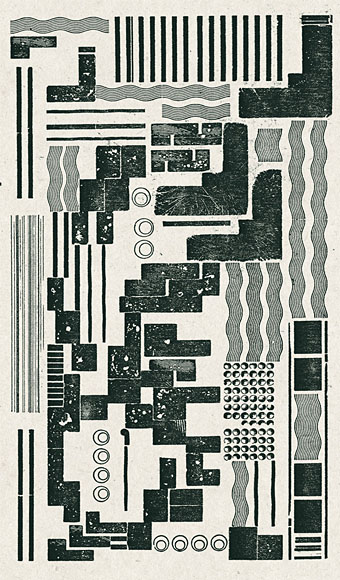
Typographic Composition (1924) by Teresa Zarnowerówna from a post about Polish graphic design at 50 Watts.
• “Direct action is a matter of acting as if you were already free… […] …the link between military and money systems remains the dirty secret of capitalism.” A lengthy and essential interview with “anarchist anthropologist” David Graeber, author of Debt: The First 5000 Years.
• “…it was after being told by an art director that he preferred her images of women to men that Toyin [Ibidapo] began to shoot boys in an attempt to prove him wrong. Something that Cult of Boys does perfectly.”
The pornographic imagination is deeply intertwined with the pain and horror of life. Some of that comes from our basic biological reality, which is unpleasant enough, and much of it comes from our social structures. Biological life has been completely degraded and continues to become more and more degraded in novel and more horrific ways, so it is inevitable that our horrible social structures – our schools, prisons, families, slaughterhouses and farms – become sites for the pornographic imagination.
Stephen Beachy discusses his novel, boneyard.
• “To my right is a wall bracket that, on closer inspection, turns out to be a human face made of porcelain fruits. The anteater rests on top of the television.” Jonathan Jones meets Jan Svankmajer.
• Anselm Kiefer‘s new exhibtion at White Cube, London, takes its name and some inspiration from Fulcanelli’s alchemical exegesis, Le Mystère des Cathédrales (1926).
• Today (Sunday, 11th December) on Resonance FM at 8.00pm GMT, Alex Fitch talks to Alan Moore about HP Lovecraft and related matters.
• Nick Hydra is putting all 112 issues of occult encyclopaedia Man, Myth & Magic online.
• Ira Cohen ‘s 1968 film The Invasion of Thunderbolt Pagoda is available again on DVD.
• Colleen Corradi Brannigan’s paintings of Italo Calvino’s Invisible Cities.
• “Margate’s a bloody toilet!” Can you handle The Reprisalizer?
• Bibliothèque Gay on Cocteau’s Le livre blanc (in French).
• Josie & the Pussycats in A Clockwork Orange.
• Lovely Book Covers
• Words With The Shaman (1985) by David Sylvian w/ Jon Hassell, Steve Jansen & Holger Czukay – I: Ancient Evening | II: Incantation | III: Awakening (Songs From The Treetops).

